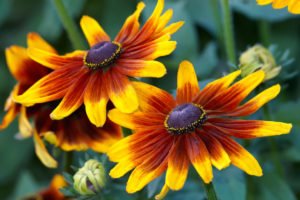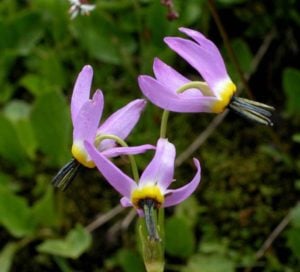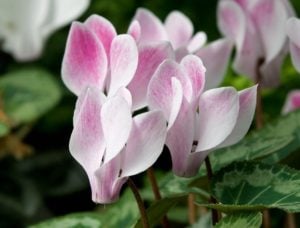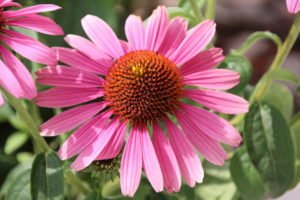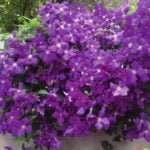What do we see when we hear the word “chamomile”? Of course, these simple and unpretentious, but such lovely flowers growing in the meadow and forest edges.
But, no! This is not the chamomile, the flowers, the scientists called Leucanthemum vulgare. But in the people they are called daisies. Yet this name is attached to many other colors similar to them and have the same inflorescence-baskets. Among them are many annual and perennial garden plants. The real Daisy is a little different, and that’s about it for today, we will talk.
Botanical information
True chamomile is a genus Matricаria of all good friend of the family Asteraceae. The family is very large and it includes a lot of flowers similar to daisies – it’s chrysanthemums, and dahlias, and rudbecia. But we will not list all of them too much.
The genus Matricaria is not very large, it includes only 20 species, and they live in Eurasia, America and South Africa. Let’s get acquainted with some of the most interesting representatives of this kind.
Matricaria chamomilla
Everyone is familiar with Matricaria chamomilla. The Latin name “Matricaria” or “breeding grass” came from the word matrix. Translated from Latin it means the uterus, and given to the plant for its medicinal properties in the treatment of female diseases. So let’s begin with the most well-known.

Matricaria chamomilla
You can see this plant in the fields and meadows, along the edges of the forest and along the roads – here it is quite common everywhere and often as a weed.
Bushes are medium and high, from 50 cm to 1 m, highly branched, the stem is strong. For example, in my garden by the end of summer this plant’s stem becomes very thick and woody. The leaves (like all daisies) are dissected, consist of many thin lobes and are similar to dill leaves. The stalk of chamomile branches very strongly and forms a set of branches, on each of which a Bud is formed, and then a flower opens.
Flowering begins in June and continues throughout the summer, as the flowers are not formed simultaneously. Inflorescences in Matricaria chamomilla are medium-sized-up to two centimeters in diameter, extreme reed flowers are white, often slightly bent down, and in the center are tubular yellow flowers. This middle usually in older flowers as it sticks up. The whole plant has a kind of pleasant smell.
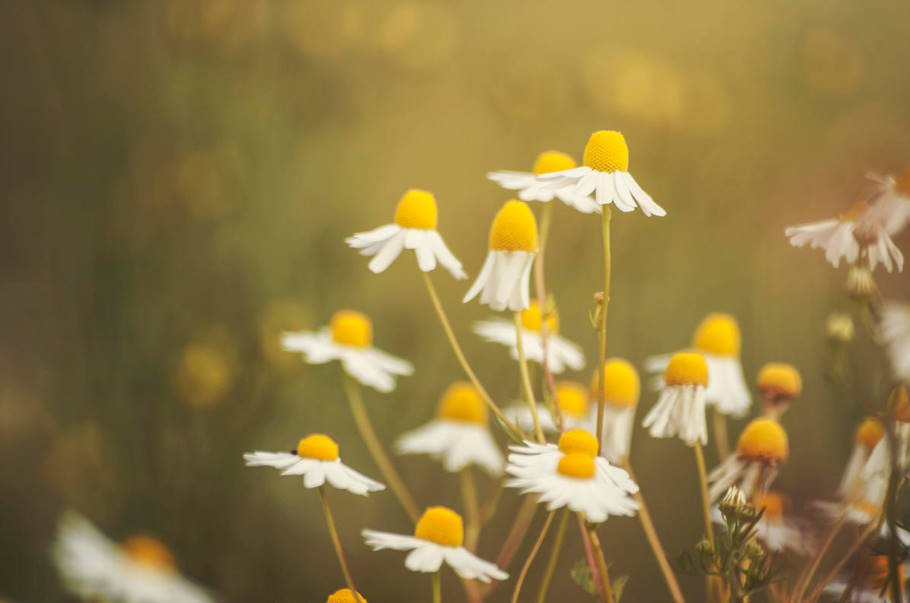
The flowers of Matricaria chamomilla
It spreads very easily. For example, I have in the country itself sown and blooms in the first year. Matricaria chamomilla is not in vain called “pharmacy” – for its many medicinal properties. For use in these purposes, the plants collect only her flowers-baskets.
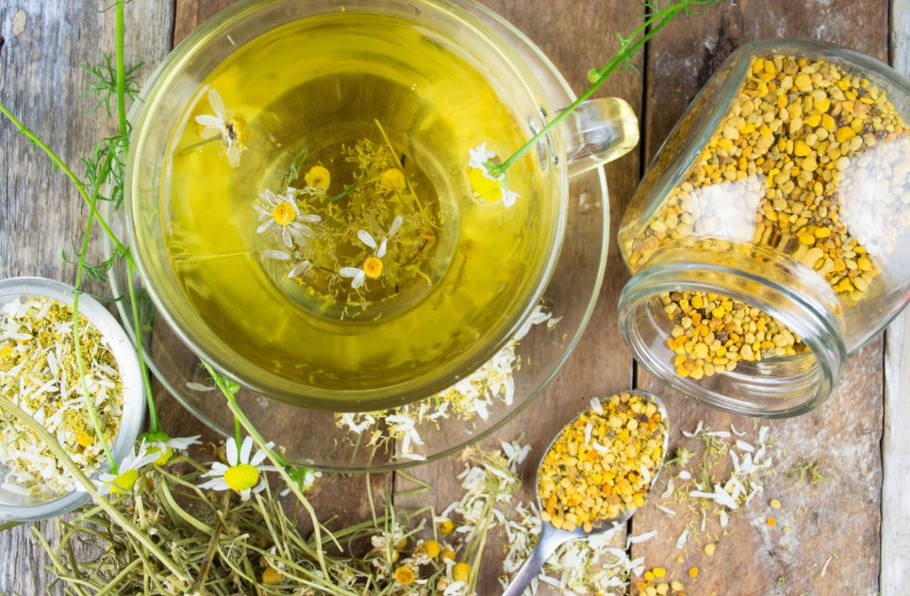
A decoction of chamomile is very useful
Since this chamomile is similar to others, not to confuse, you can find it on the following grounds: if you cut the receptacle (the place that is under the yellow middle), we see that it is hollow, and other daisies filled with substance.
Matricaria discoidea
Matricaria discoidea-one of the names of this species, also called chamomile fragrant, tongue-free. This Daisy I remember well from childhood, she grew up everywhere: on the street, in the garden. Although its homeland – North America and the far East, now it has spread and grows throughout the European countries. It can be found everywhere, often as a weed.
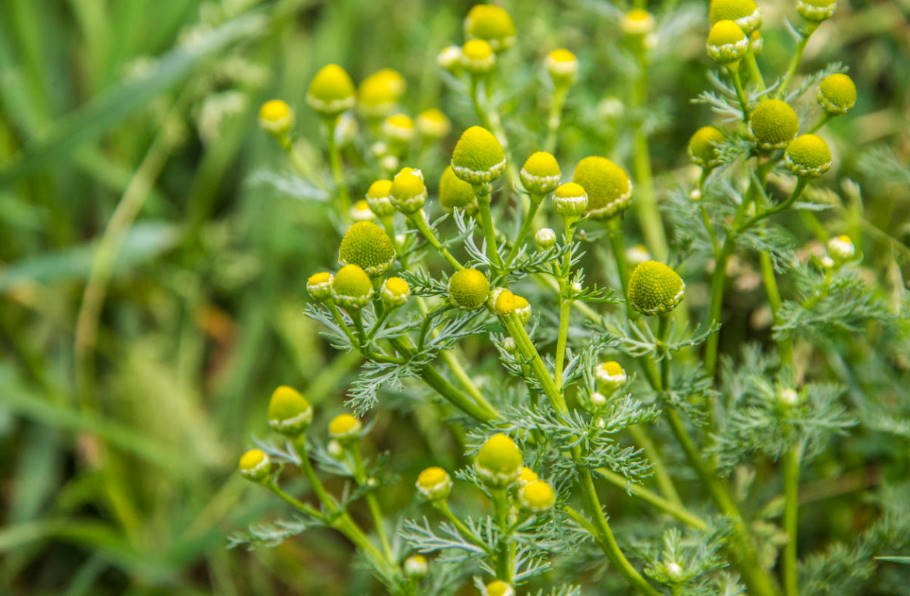
Matricaria discoidea
Its bushes are low – from 10 to 30 cm, the stem also branches profusely, leaves are carved, at the ends of shoots numerous inflorescences are formed-baskets of a peculiar shape. They do not have reed flowers, and tubular — greenish-yellow — form convex conical inflorescences.
The name given to the plant is not in vain: all its parts produce a very pleasant peculiar flavor. Flowering continues throughout the summer. Blossoming in early summer, plants produce seeds that sown and in late summer give a lot of seedlings.

Chamomile prepared for drying
This species also has healing properties. Mainly used externally in the form of decoctions or infusions, often for cosmetic purposes, as well as for coloring light hair.
Matricaria parthenium
This species has different names: Matricaria parthenium, Matricaria eximia, and also has a Botanical name Chrysanthemum parthenium. Grows wild in Europe.
It really looks like a small chrysanthemum: the leaves are the same shape (carved, but not thin, and lobed), and the smell is similar. Bushes it low, high 40 cm, strongly ramified and compact. Flowers are medium – sized (up to 2.5 cm in diameter) and numerous, have a typical “chamomile” look-white petals (rounded) and yellow middle.
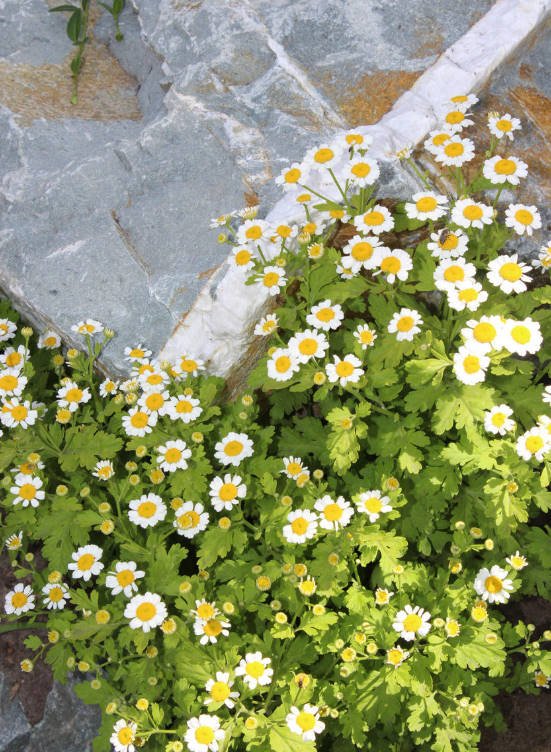
Matricaria parthenium
Inflorescences-baskets, in turn, are located in thick corymbose inflorescences. Blooms from about mid-summer to late autumn.
This chamomile also easily propagated by self-seeding, very tenacious and unpretentious. Like others, it has medicinal properties. The natural view has numerous garden forms. It is this species and its varieties are used in decorative floriculture.
Varieties of Matricaria parthenium
Many varieties of this chamomile with flowers of different colors — white, cream, yellow. Inflorescences can be simple or double, there are also varieties with only reed flowers, similar to small snow-white balls.
- ‘White Star’ – has simple white inflorescences.
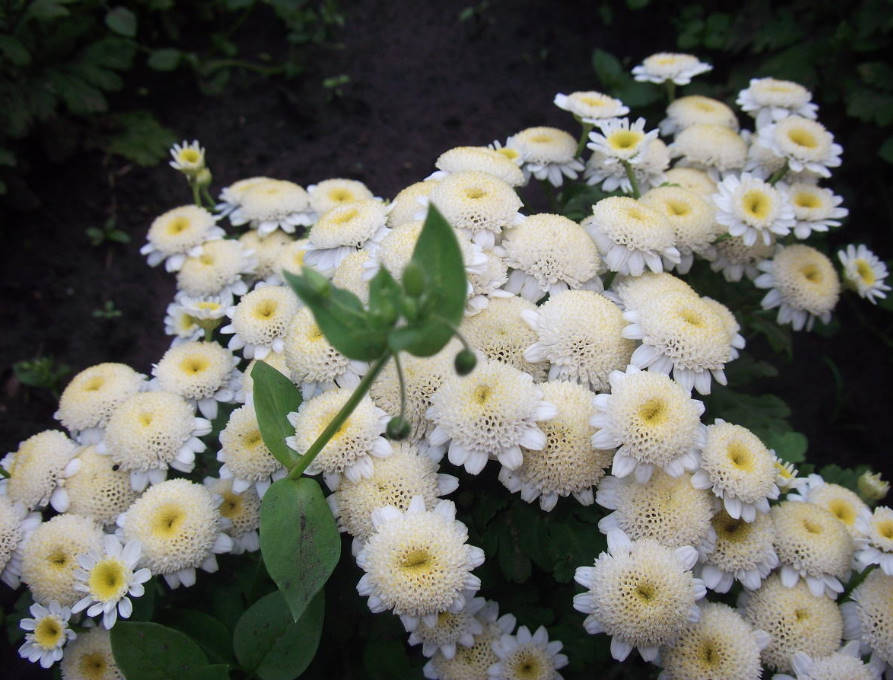
Matricaria parthenium, the variety ‘White Star’
- ‘Aureum’ – plant with Golden large lobed leaves, white marginal flowers, well tolerated haircut.
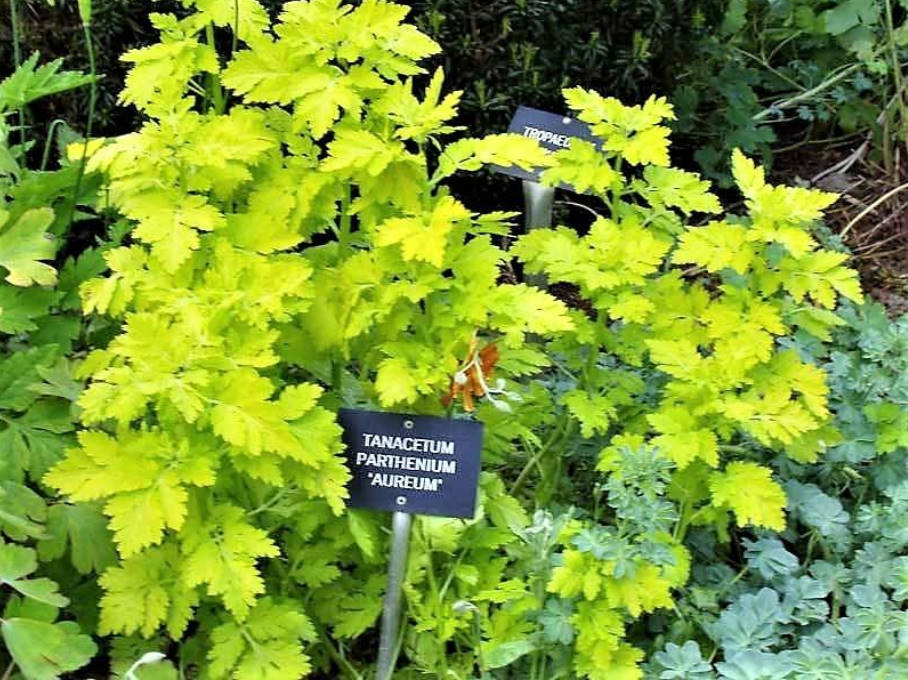
Matricaria parthenium, variety Aureum
- ‘Golden Ball’ – spherical inflorescences, consist only of tubular flowers:
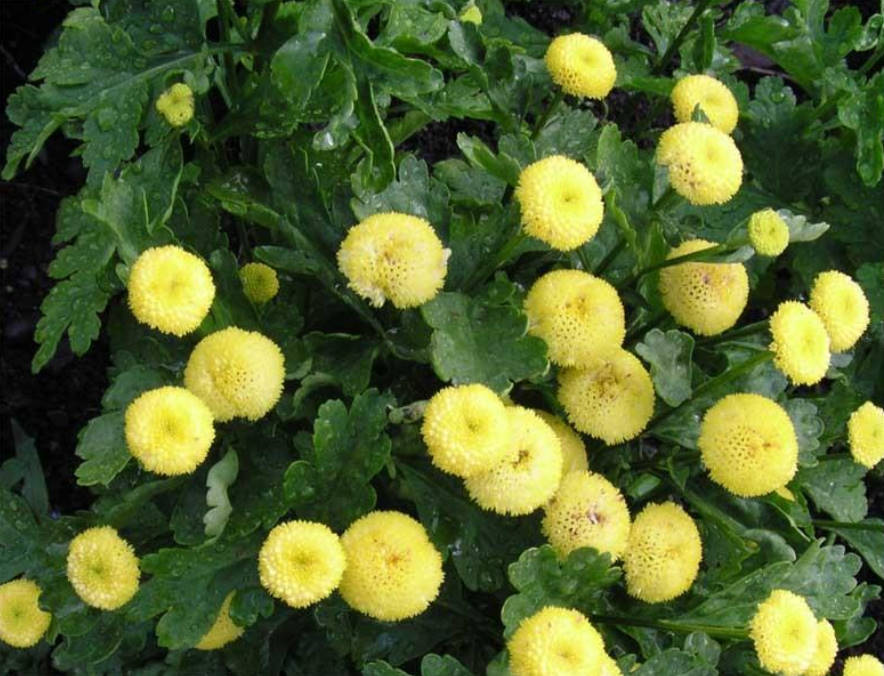
Matricaria parthenium, grade ‘Golden Ball’
There are other varieties of Matricaria parthenium. ‘Snow Puffs’, ‘Butterball’, ‘Snow Ball’ reed flowers are white, wide and short, ‘Lemon Santana’ flowers are pale yellow.
Matricaria Tchihatchewii
Another interesting species — the Matricaria Tchihatchewii — a native of Asia Minor. Low plant up to 30 cm in height, branchy and profusely flowering. Flowering occurs in may-June, each stem is formed by one inflorescence.
The plant is quite undemanding: loves dry poor soil, Sunny place, so it is well suited for rockeries and Alpine hills, can be planted in rocky walls and places with a lack of moisture.
Growing of Matricaria
In the garden for decorative purposes mainly cultivated Matricaria and its varieties. It is best to grow it by sowing seeds for seedlings.
Seed sowing
Sowing seeds is usually carried out in March in small containers, which are covered with glass or film. Seeds begin to germinate in ten days. When the first real leaves appear, the plants are planted (dive) – you can in separate cups, cassettes or just in a box at a distance of 4 cm from each other.
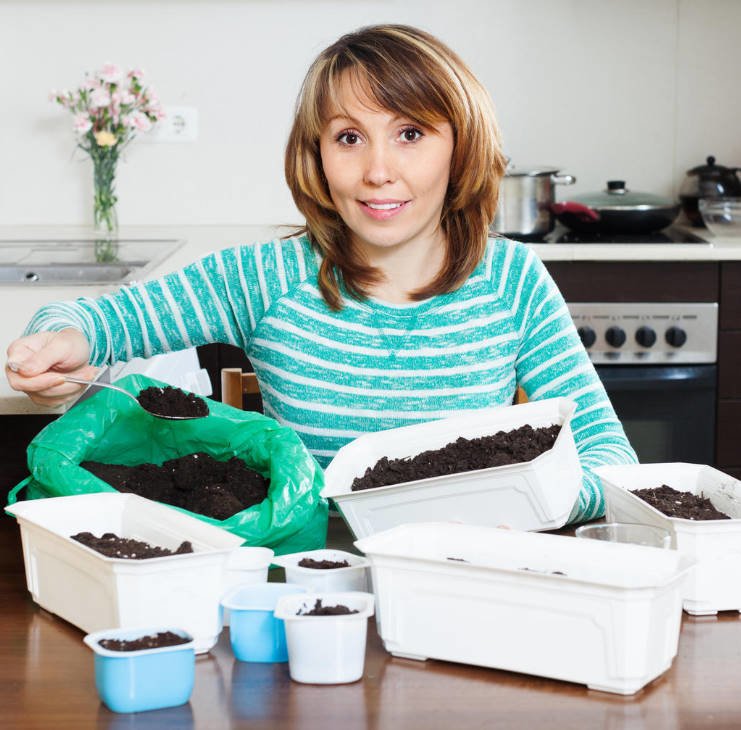
Preparation for sowing
Care of seedlings is simple: moderate watering, placement in a bright place. In may, you should conduct hardening, well, if the seedlings can be placed on the loggia. Planting in the ground is carried out in late may, in advance to prepare the soil.
Landing in the ground
Garden forms of Matricaria prefer well-fertilized and drained soil, brightly lit, Sunny place. Well-developed bushes of Matricaria are planted at a distance of 25-30 cm: in this case, the plants will grow rapidly, branch freely and close in due time, so that between them there will be no gaps.
Planted plants should be well watered and sprinkled with dry soil or compost. Usually Matricaria transplant carries easily and quickly take root.
Maintenance
After 2-3 weeks, when the plants have already started to grow, you can carry out the first fertilizing with mineral or organic fertilizers. To bloom was lush and long, it is desirable to feed the matrix every 2-3 weeks. Watering should be moderate, this plant does not like waterlogging – it is better not to water than to pour.
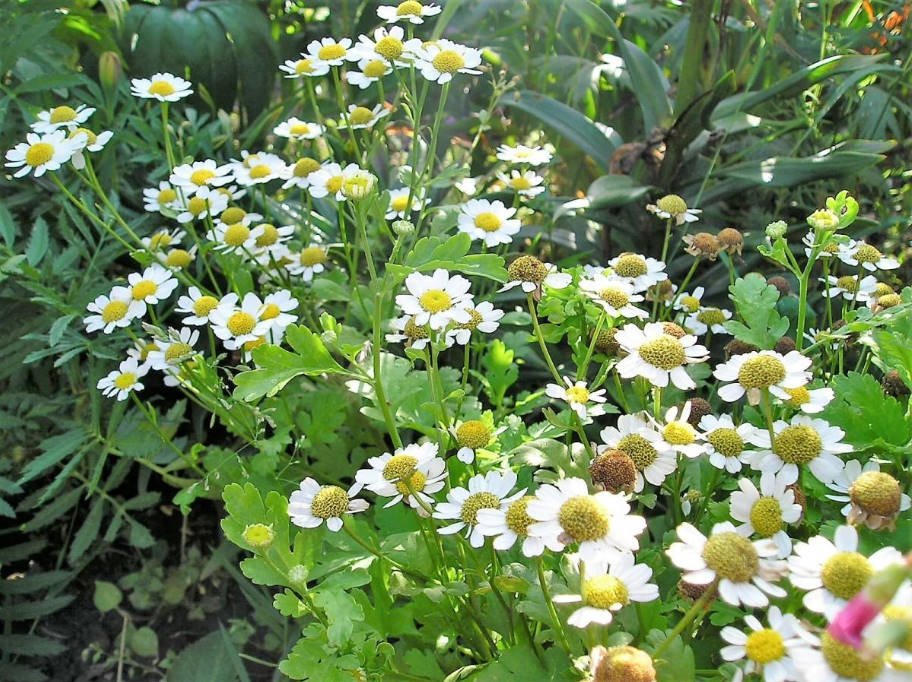
Daisies in the garden
To flower bed with Matricaria looked neat, and the plants bloom better, you should regularly break off the drying inflorescences. In General, Matricaria is an annual plant, but you can try to grow it as a perennial. In autumn, you need to cut the bushes short and emulsify a good layer of leaves or peat, and cover the top with a covering material.
Matricaria – place in the garden
Thanks to its compact and low-growing form, and a few drab colours, Matricaria can become an indispensable plants in various garden arrangements. They are suitable for the edging of flower beds with brighter and higher colors, will make a great company for roses. Will be good in a variety of curbs along the track.
White-yellow flowers Matricaria look very nice next to the blue Lobelia and yellow marigolds. Among the low conifers, on the backfill and in the rock garden will also look very organic.
And what daisies grow in your garden? Share with us in the comments.

